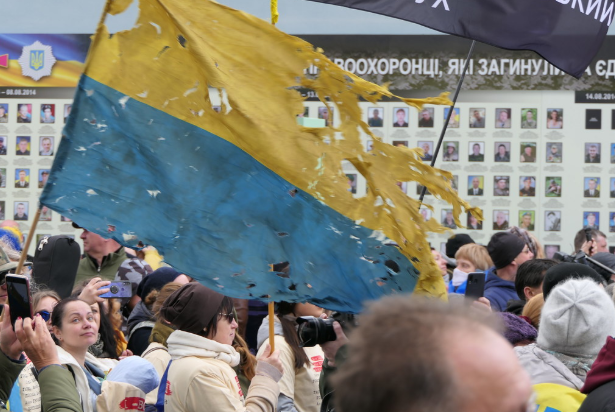The Origins of Halloween
- Cesar Guerrero Isaias

- Nov 29, 2023
- 2 min read
Halloween, the spookiest nights of the year, celebrated annually on the 31st of October, is loved by many and one of the biggest holidays to exist. But what has this celebration gone through to get to this point? While modern Halloween celebrations are highlighted by candies, costumes, scary movies, witches, vampires, and other spooky creatures, where did it all come from? The roots of this fearful holiday stretch back centuries across many cultures intertwined between many traditions and beliefs. Let’s uncover the origins of this eerie evening by reviewing the layers of history that contribute to the modern frightful festivities.
Some of the origins of Halloween are found within the ancient Celtic festival known as Samhain, which marked the end of the harvest season and the commencement of winter festivities in Celtic Ireland, Scotland, and Wales. During this time, similarly to Hispanic culture and Day of the Dead, The Celts believed that the boundary between the living and the dead blurred, allowing perished spirits to freely roam the Earth. Once this festivity was over, the Celts would light bonfires, wear costumes (which were made out of animal skins and head), and ritualized throughout the night.
The word “Halloween” itself was even derived from “All Hallows’ Eve,” the night before the Christian feast of “All Saints’ Day,” which was later introduced to replace the pagan festival. While Christianity began to expand across Europe, the Church sought to integrate the pagan celebrations into its own calendar. All Saints' Day, established in the 7th century, was strategically placed on November 1st to coincide with Samhain. All Soul’s day later followed on November 2nd, emphasizing the prayers for those that have passed away. The merging of these traditions allowed seamless transitions to exist within pagan festivities to Christian observances, incorporating elements from both Samhain and the fresh-established holy days. Over many years, these celebrations continued to fuse until the classic “Halloween” celebration we celebrate today was created!
The practice of trick-or-treating also has its own unique origins, specifically, it has roots in medieval Europe, where it was called “souling.” Souling was a tradition where people would go door-to-door in exchange for prayers for the dead, rather than candy. In Scotland and Ireland, people would wear costumes and perform stunts to get treats or food. As Halloween spread to North America through immigrants of Scottish and Irish descent, these customs were adjusted and gradually changed into the current traditions of trick-or-treating!
In the 20th century is when Halloween underwent the most major changes as it began to get commercialized. Halloween became a multi-million dollar industry with sales revolving around candy, costumes, decoration, and other items skyrocketed. Today, along with many of the other traditions previously stated, we celebrate Halloween with incredibly diverse and unique cultural variations.
So, next time you begin to feel the air become crisp, the autumn leaves fall, and see your local Spirit Halloween open, embrace the magic of Halloween and remember the development it had to go through to become the beloved celebration you and your friends celebrate every year on the most chilling night of the year.







Comments